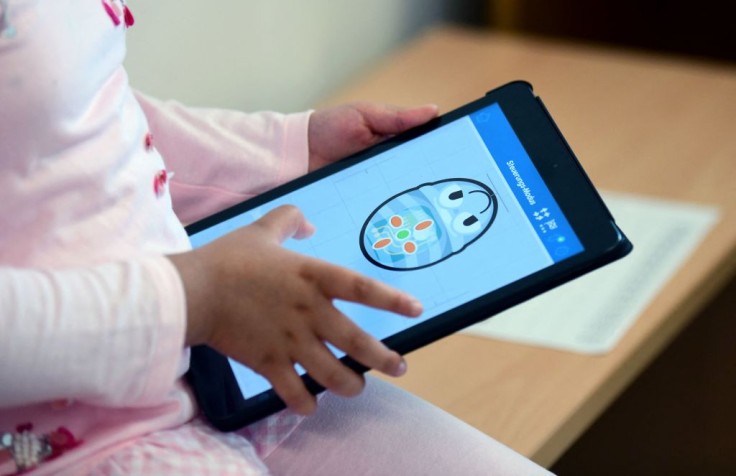
Today's children are digital natives whose everyday life inevitably includes screen time or the use of gadgets, smartphones, and television. However, a new study has shown that most kids below 16 years old spend an average of nine hours a day in front of technology.
The study showed that the average American adult is guilty of 325 hours of social media use a year, including watching their TV shows on various streaming platforms. However, the kids are also developing the same habits and are spending more time on the new social app, TikTok.
The younger generation is also veering away from traditional television and interaction on Facebook because these are their parents' platforms. On the other hand, some kids spend almost the same amount of time on the internet and TV, which suggested to the researchers that they are doing these activities simultaneously.
Increasing Eye Problems
For years, experts have advised parents to restrict their children's screen time because it can impact their physical, emotional, and mental health. However, gadgets and internet use have become necessities during the pandemic because of online learning, working from home for the parents, and staying in touch with family or friends.
Dr. David Epley of the American Academy of Ophthalmology said they had witnessed more kids developing problems with their eyesight last year because of prolonged screen time exposure. The doctor and his colleagues said that online classes had changed the dynamics of school, but many young patients have been complaining of eyestrain, headaches, dry eyes, and myopia (nearsightedness).
Before COVID-19, nearsightedness has been a growing problem in the U.S. The doctors agree that it's harder to tell the kids today to limit their screen time. However, Epley said that it's still important to let children take breaks from their computer or gadget use and encourage them to spend some time outdoors to relish in natural light. According to the doctor, natural light helps protect the eyes from myopia.
The doctors said that children who have frequent headaches and dry eyes are likely experiencing eye fatigue or eyestrain from blinking. It happens when the eyes are fixated on one focus for an extended period. They advise doing the 20-20-20 rule, both for adults and kids, where the person takes a break every 20 minutes to look at something from a 20 feet distance for about 20 seconds.
Reinstating Screen Time Limits
However, Dr. Natasha Burgert of the American Academy of Pediatrics said that as the pandemic restrictions are slowly easing in many states, parents may reset and reinstate their children's screen time use. The expert noted that parents shouldn't expect good results overnight when they impose the screen time rules again.
Burgert also said that it should be a family effort and not just for the children because parents should set the example. It might also help explain and articulate to children why they have to check their phone for a few minutes to reinforce that devices are utilities for important use, such as checking emails or paying bills and not mindlessly scrolling on the internet.
For some parents, reinstating screen time limits will work best if they tell their children when they can use their gadgets instead of when they can't.
Related Article: Back-to-School Season: Parents Told to Prepare for Rising Costs